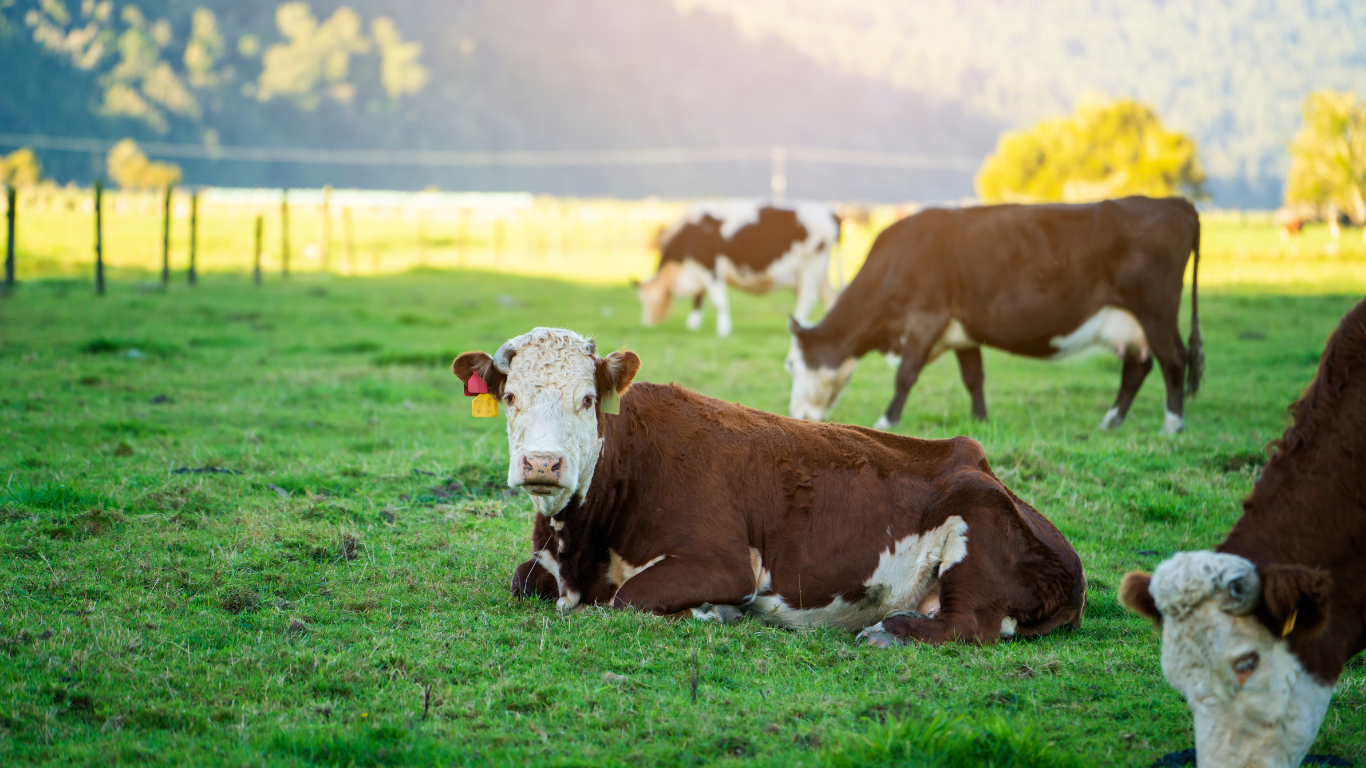The USDA-NASS Cattle report from January 2022 showed a 1% reduction of cattle grazing on small grain pastures in Kansas, Oklahoma, and Texas (1.71 million head in 2022 vs. 1.73 million head in 2021). However, small grain pasture conditions are much worse than last year.
Producers face challenges putting weight on stocker cattle given the overall poor condition of small grains pastures in these areas during this winter. Even though Southern Plains drought conditions improved last week, most areas are still under drought. The Southern Plains will need more moisture for 1.71 million head grazing on small grain pastures. Although it’s likely that some of these cattle have already gone to feedlots since the inventory survey was completed.
Small grain pasture conditions have decreased considerably this year. In Kansas, winter wheat categorized in very poor, poor, and fair condition is 13 percentage points higher than last year. Oklahoma and Texas wheat conditions are 45 and 25 points higher, respectively, for similar categories. These areas represent 91 and 84 percent of total winter wheat planted in Texas and Oklahoma.
Grazing small grain pastures in poor condition will reduce average daily gain and might affect spring productivity. Poor grazing conditions will also increase supplemental feeding costs and mitigate future stockers’ margins.
In some areas, stockers are grazing deferred summer grasses. These cattle will probably have a lower daily gain unless supplemented. However, it will increase costs and potentially reduce spring forage supply for their cow-calf operation. As the drought continues, it’s likely that a significant number of cattle will be sold at lighter weights and earlier in the market.

Abello, Franisco Pancho. “Cattle Grazing on Small Grain Pastures – Challenges During this Drought Period“. Southern Ag Today 2(8.2). February 15, 2022. Permalink

